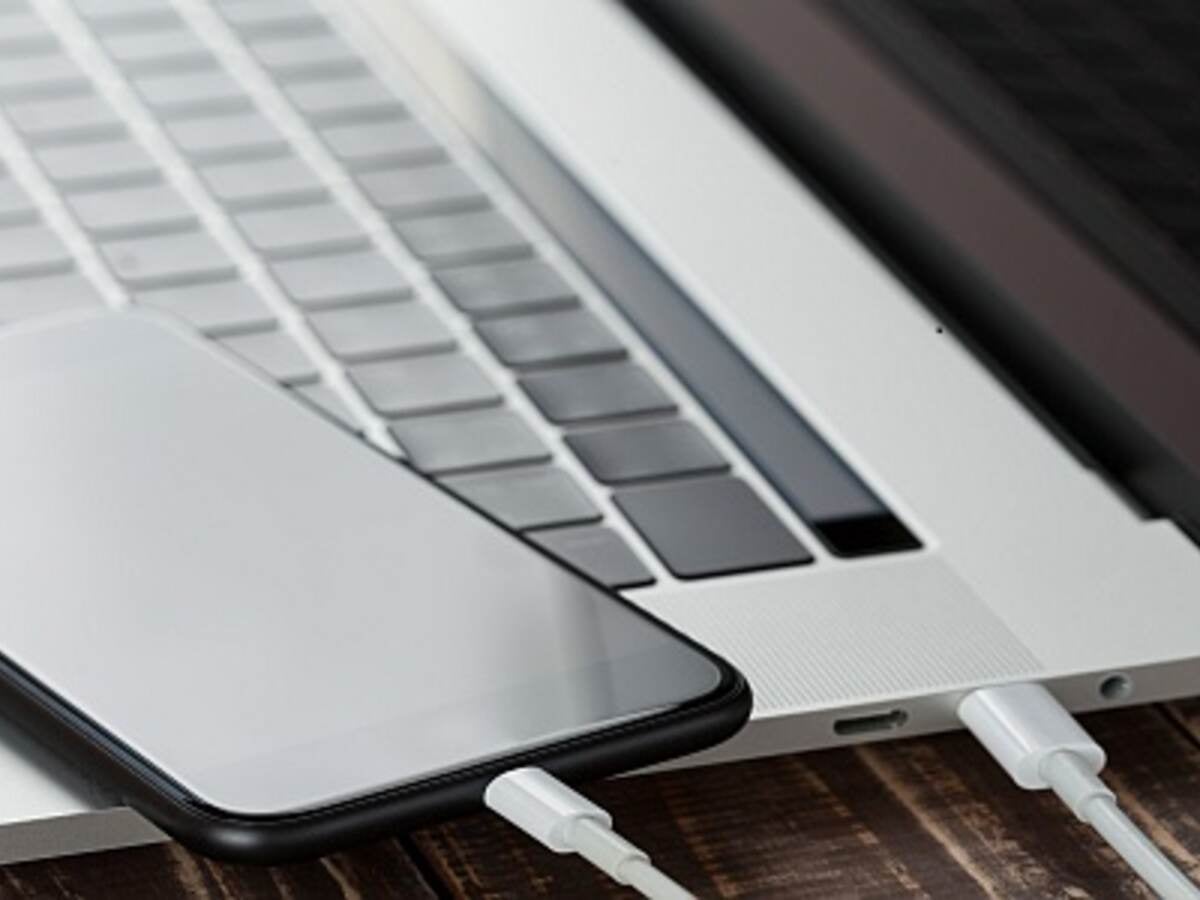September 26, 2017
The rapid increase in the power required to charge and power mobile devices, such as laptop computers, tablets, mobile phones and power banks, has led to increasing reports of damage, smoke, or fire of connected devices.
Legacy systems historically delivered up to 1.5 amperes at 5 volts to power and charge devices, but when the use of Information & and Communications Technology (ICT) cable assemblies shifted from simply transmitting data and powering very low-powered devices, like keyboards, to becoming the main power source for increasingly power-hungry mobile devices, the game changed. The new USB Type-C™ connector, for example, can deliver voltages as high as 20 volts and currents up to 5 amperes. That’s 100 watts, enough to power a soldering iron!
Users may not be aware of the potential risks of overheating and fire due to the use of poorly constructed cables. Improperly terminated connectors, substandard materials and cables, plus the incorrect use of electronic markers intended to help match source and load currents, all add to the growing risks associated with cable assemblies.
A Solution
To address the potential safety risks, UL developed an Information and Communication Technology (ICT) Power Cable Certification Program specifically for cable assemblies that provide data transmission and power or charging for connected equipment in a low voltage, limited energy circuit that does not exceed 60 V dc, 8.0 A and 100 W.
UL’s program addresses the safety concerns by subjecting the cable assemblies to a series of rigorous mechanical and electrical tests and through the control of connector/cable materials. These requirements have been recently published in UL 9990, Outline of Investigation for Information and Communication Technology (ICT) Power Cables.
In addition to routine continuity tests to check cable assembly, cables are subjected to a series of tests to gauge how they perform under excessive “normal” use, whether they overheat, and if they protect against fire when subjected to abnormal overloads of electrical current.
Finally, the cable is checked for proper use and operation of electronic markers (if used) with respect to the electrical ratings and connector configurations used. This eliminates “cheater cables” that are intentionally designed to mislead the source or load circuits to provide excessive power or charging currents that can damage powering or powered devices and present a safety hazard.
Mitigating Fire Concerns
We’ve all read reports or seen pictures of cell phones that have overheated or even caught fire. Although, as stated earlier, some of these incidents can be traced to “cheater” cables overpowering the battery charging circuits, there are times when the events can be traced to questionable designs, manufacturing defects or counterfeit products.
This applies not only to the load device, such as a phone but also to the charger itself where cheap construction can result in the power supply overheating and possibly igniting, presenting an extreme risk of fire. In this scenario, the question then becomes whether the fire will be localized or propagate to potentially flammable materials such as papers on a desk, upholstery or bedding.
Connectors are required to be constructed of materials with a minimum flame rating of V-1 as defined in UL 94, the Standard for Safety of Flammability of Plastic Materials for Parts in Devices and Appliances testing, (burning stops within 30 seconds on a vertical specimen) or other fire safety criteria.
Cables are required to comply with cable listing or VW-1 criteria that require the cable to be self-extinguishing after flame applications and produce minimal flaming drip. This requirement also applies to cables with decorative coverings such as fancy braiding or faux leather where the combination of cable with the covering is tested.
UL certifies cable assemblies under the category for Information and Communication Technology (ICT) Power Cables (NWGI). To align with the latest industry standards, this category requires USB Type-C™ cable assemblies to be certified by the USB Implementers Forum (USB-IF) before being eligible for UL safety certification. For USB Type-C™ cable assemblies that are not certifiable by the USB-IF, such as those that have a proprietary (non-USB) connector on one end, USB Type-C™ connector must be certified by the USB-IF.
UL is meeting the resulting challenges with the introduction of this new certification category and outline of investigation to continue its mission of “Working for a Safer World.”

